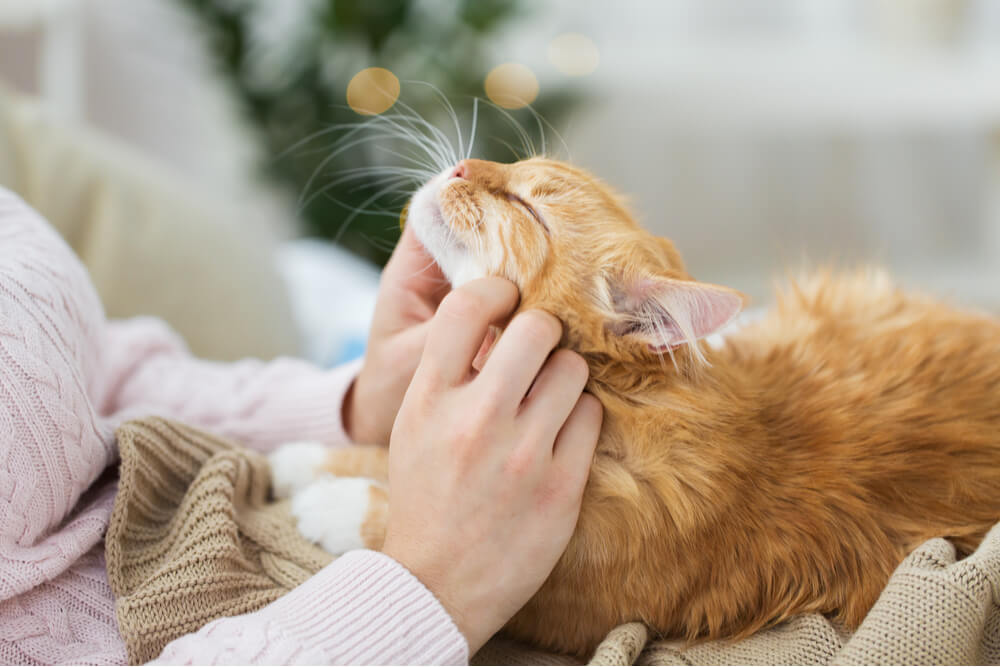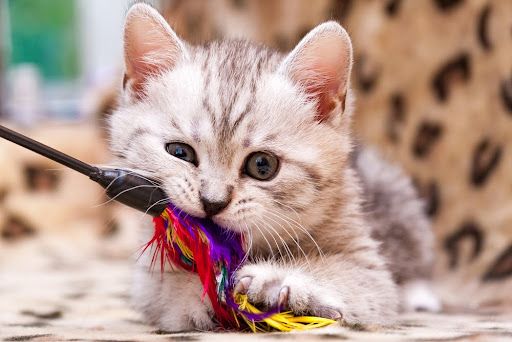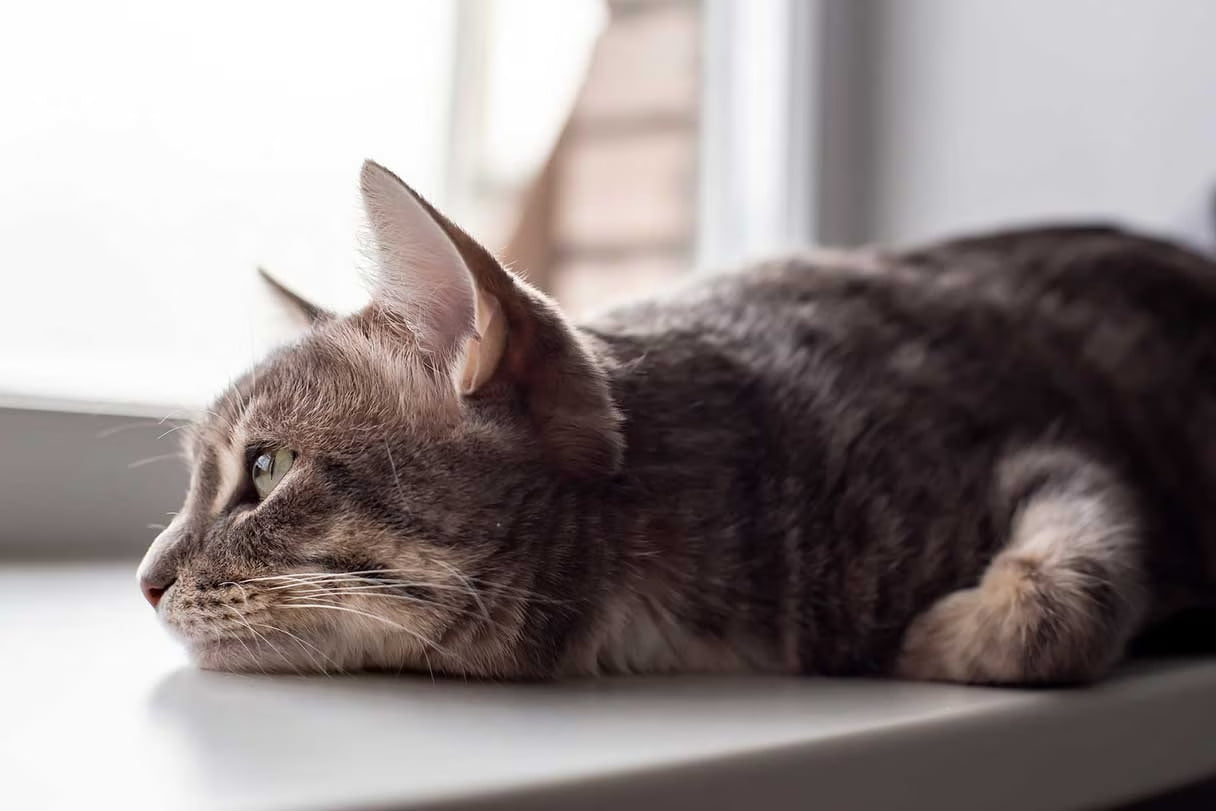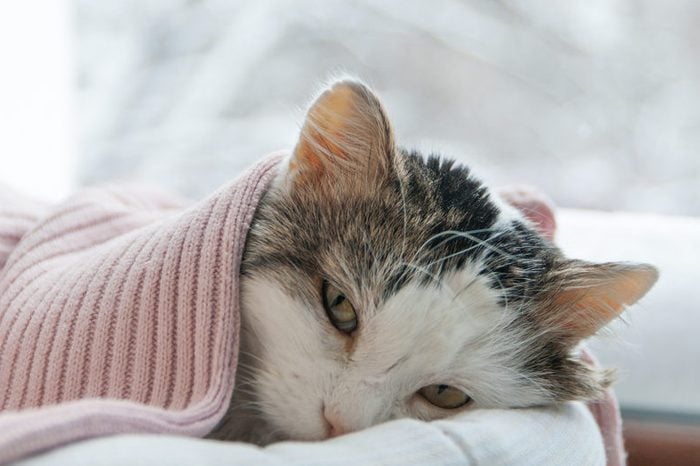Learn how to interpret your cat’s body language and gain insights into their emotions, needs, and desires for a better understanding of your feline friend.
Understanding Cat Behavior Decoding Feline Body Language
Cats are fascinating creatures with a complex language of their own. From the way they move their tails to the positions of their ears, cats communicate a wealth of information through their body language. By understanding and decoding feline body language, you can better understand your furry friend’s needs, emotions, and desires. In this article, we will explore some common cat behaviors and what they mean.
Tail Language
A cat’s tail is like a barometer of its emotions. When a cat’s tail is held high and straight, it indicates confidence and contentment. On the other hand, a low and tucked tail suggests fear or submission. A flicking or wagging tail can indicate excitement or agitation, while a puffed-up tail signifies aggression or fear.
Ears
The position and movement of a cat’s ears can also provide valuable insights into its mood. When a cat’s ears are forward and slightly tilted, it shows interest and curiosity. If the ears are flattened against the head, it indicates fear or aggression. Ears that are constantly twitching or rotating may suggest that the cat is on high alert or feeling anxious.
Eyes
A cat’s eyes can reveal a lot about its emotional state. Dilated pupils often indicate excitement or fear, while constricted pupils may suggest aggression or stress. Slow blinking or half-closed eyes are signs of relaxation and trust. Staring directly into a cat’s eyes can be seen as a challenge or threat, so it’s best to avoid prolonged eye contact.
Body Posture
The way a cat positions its body can convey various messages. When a cat arches its back and raises its fur, it is trying to appear larger and more intimidating. This behavior is often seen when a cat feels threatened or defensive. On the other hand, a relaxed and loose body posture indicates comfort and contentment.
Vocalizations
While body language is the primary means of communication for cats, vocalizations also play a role. Meowing can have different meanings depending on the tone and context. Short, high-pitched meows often indicate a greeting or a request for attention. Prolonged, low-pitched meows may suggest frustration or discomfort. Hissing and growling are clear signs of aggression or fear.
Understanding your cat’s body language can help you respond appropriately and build a stronger bond with your feline companion. Here are some tips to improve your understanding of cat behavior:
Scent Marking
Cats also communicate with each other and with humans through scent marking. Cats have scent glands in their paws, cheeks, and tail, and they will often rub these areas on objects to mark their territory. Cats will also spray urine to mark their territory, especially if they feel threatened or insecure.
Understanding cat behavior
Understanding cat behavior can take time and patience, but it is well worth the effort. By learning to read your cat’s body language, vocalizations, and scent markings, you can develop a deeper understanding of their needs and emotions. This will help you to build a stronger and more rewarding relationship with your feline friend.
Here are some additional tips for understanding cat behavior:
- Spend time with your cat. The more time you spend with your cat, the better you will get to know their individual quirks and behaviors.
- Pay attention to your cat’s body language. As mentioned above, body language is a key way that cats communicate. Pay attention to the position of your cat’s ears, tail, and eyes, as well as their overall body posture.
- Listen to your cat’s vocalizations. Different vocalizations can mean different things. For example, a meow can be a sign of happiness, sadness, anger, or fear.
- Be patient. It takes time to learn to understand cat behavior. Don’t get discouraged if you don’t understand everything your cat is trying to tell you right away.
- Observe and Learn. Spend time observing your cat’s behavior in different situations. Notice how their body language changes in response to various stimuli.
- Respect Personal Space. Cats value their personal space, so avoid forcing interactions or invading their territory. Allow them to approach you on their own terms.
- Provide Enrichment. Cats need mental and physical stimulation to stay happy and healthy. Provide toys, scratching posts, and climbing structures to keep them engaged and prevent boredom.
- Pay Attention to Context. Consider the context in which certain behaviors occur. For example, a cat may arch its back and hiss when approached by a stranger but display relaxed body language around familiar family members.
- Seek Professional Help. If you’re having trouble understanding or managing your cat’s behavior, consult a veterinarian or animal behaviorist for guidance.
Remember, each cat is unique, and their body language may vary slightly from one individual to another. By paying attention to their cues and respecting their boundaries, you can develop a deeper understanding of your cat’s needs and emotions. This will not only strengthen your bond but also ensure a harmonious and fulfilling relationship with your feline friend.
In conclusion, decoding feline body language is an essential skill for any cat owner. By understanding the subtle signals cats use to communicate, you can better meet their needs and provide a nurturing environment. So, take the time to observe and learn from your cat’s body language – it will enhance your relationship and bring you closer to your feline companion.
If you have a cat and have some cat’s related health issues, read this article: Common Health Issues in Cats: Prevention and Treatment











